
How to explore Italy like a local
20/06/2025 · By Tim Hall
Expert Great Rail Journeys Tour Manager and blogger Tim Hall discusses how to explore Italy with his top tips and advice about food, drink and culture.
Read moreSprawled over Liguria's picturesque hills as they descend toward north-western Italy's Mediterranean coast, Genoa, the region's atmospheric capital city, justifies its nickname: la Superba.
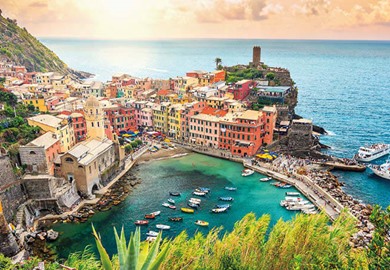
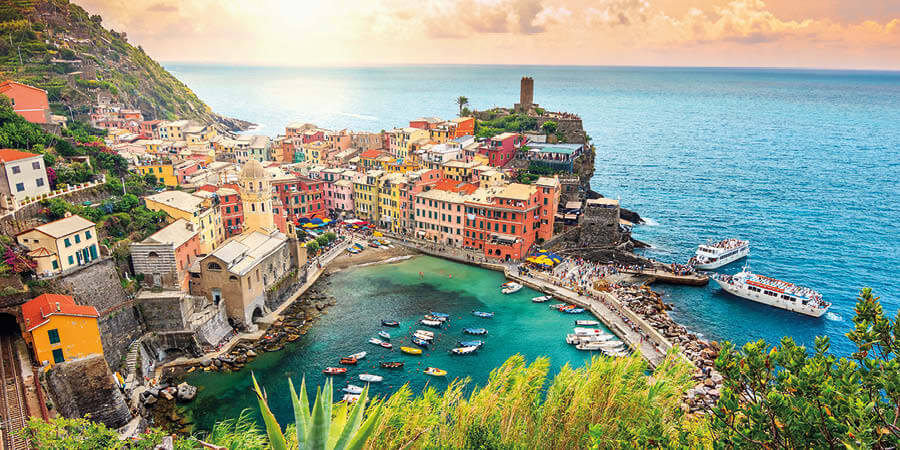
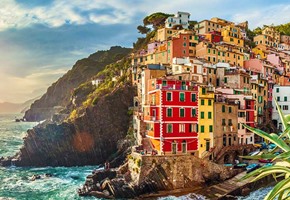
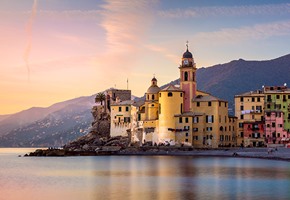
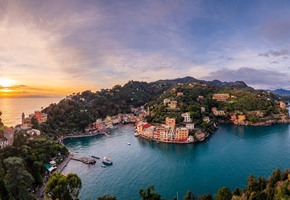
 (249 reviews)
(249 reviews)Discover the towns and villages of the Italian Riviera which sparkle beside the Mediterranean Sea, as we explore the Cinque Terre and the harbour town of Portofino. Explore the pastel-hued fishing village of Camogli, a hidden gem, and relax in Sestri Levante - a town between two bays. Sail to San Fruttuoso abbey, set in a secluded cove and...
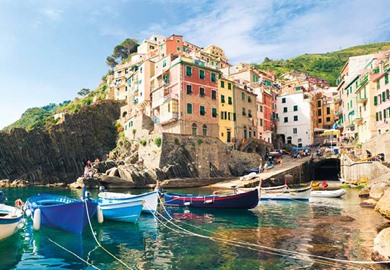
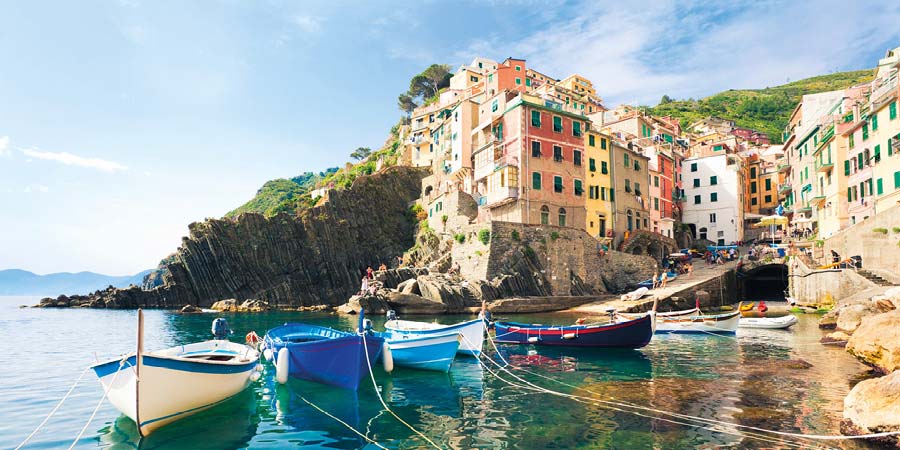
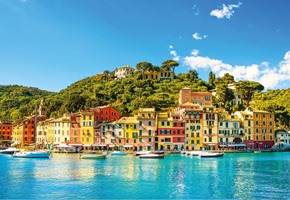
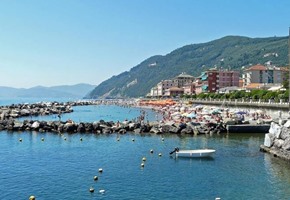

 (364 reviews)
(364 reviews)Explore the enchanting destinations of the Italian Riviera while based in Chiavari on the Ligurian Sea. Cruise to the Cinque Terre villages, clinging to towering cliffsides, and Portofino, a popular village set within a natural harbor. Uncover San Fruttuoso abbey, located on a beach in a peaceful cove, and delve into the history of Genoa, the...


Like many of Italy's great cities, Genoa has a rich and illustrious history. Occupied by the Greeks in the sixth century BC and later by the Romans, Genoa was destroyed by Carthaginians during the Punic Wars and rebuilt to become, by medieval times, a prosperous financial, shipbuilding and trading port. Subsequently beleaguered by the Black Death, ongoing wars with Venice, economic decline and the continual threat of piracy, Genoa's 'golden era' only arrived in the sixteenth century, when many notable artists and architects including Alessi, Rubens, Caravaggio and Van Dyck were drawn to the city.
This colourful history has shaped modern-day Genoa, its legacy
evident in the city's wealth of magnificent architectural styles.
The grand sixteenth and seventeenth century 'palaces' collected
around the Via Garbaldi have earned UNESCO World Heritage status,
whilst many more architectural gems are tucked away in the maze of
narrow medieval streets that forms the Old Town at Genoa's
heart.
These highlights and the city's many fine museums and galleries,
its magnificent cathedral and ancient churches and its beautiful
waterfront which combines the historic harbour with a thoroughly
contemporary dock area demonstrate why Genoa is such a popular and
rewarding destination, and referred to as 'the Superb one'.
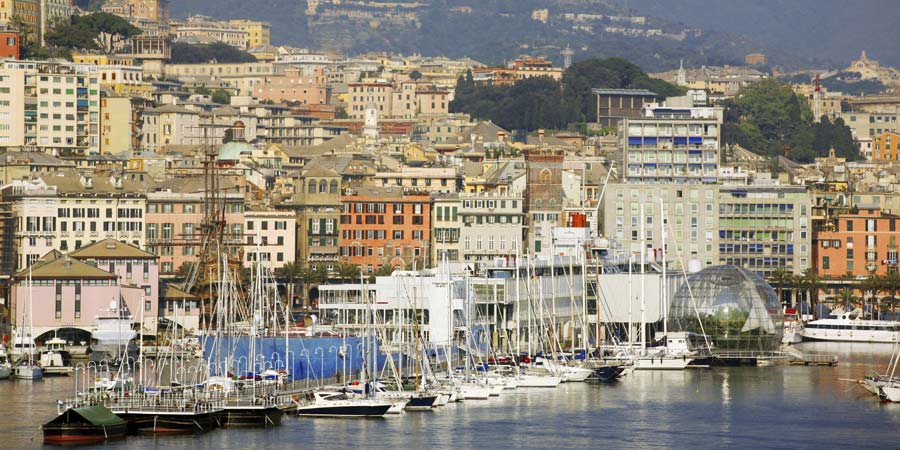
Genoa's Romanesque twelfth-century cathedral easily rivals those of Italy's other major historic cities, having retained its magnificence despite partial destruction by fire and by war and significant restoration and extension over the centuries. The cathedral's stunning internal decoration includes many fine sculptures and carvings, an exquisitely-painted high vaulted ceiling and pictorial stained-glass windows.
Housed in one of the many grand mansions ('palazzos') that were built by the aristocracy in Genoa during the seventeenth and eighteenth century, the National Gallery of Spinola Palace is set over four floors and contains original masterpieces by painters including Rubens, Tintoretto, Van Dyck and Strozzi, as well as ceramics, frescoes and period furniture.
Located on the city's waterfront, Genoa's aquarium is the largest in Italy and one of the largest in Europe. Opened in 1993, the aquarium showcases biodiversity in seventy-one separate tanks which replicate natural marine environments including the Antarctic, the Mediterranean, the Red Sea, the Amazon, and the Indian Ocean and contain more than six hundred species of animals and plants including dolphins, sharks, seals and penguins as well as rare and exotic fish.